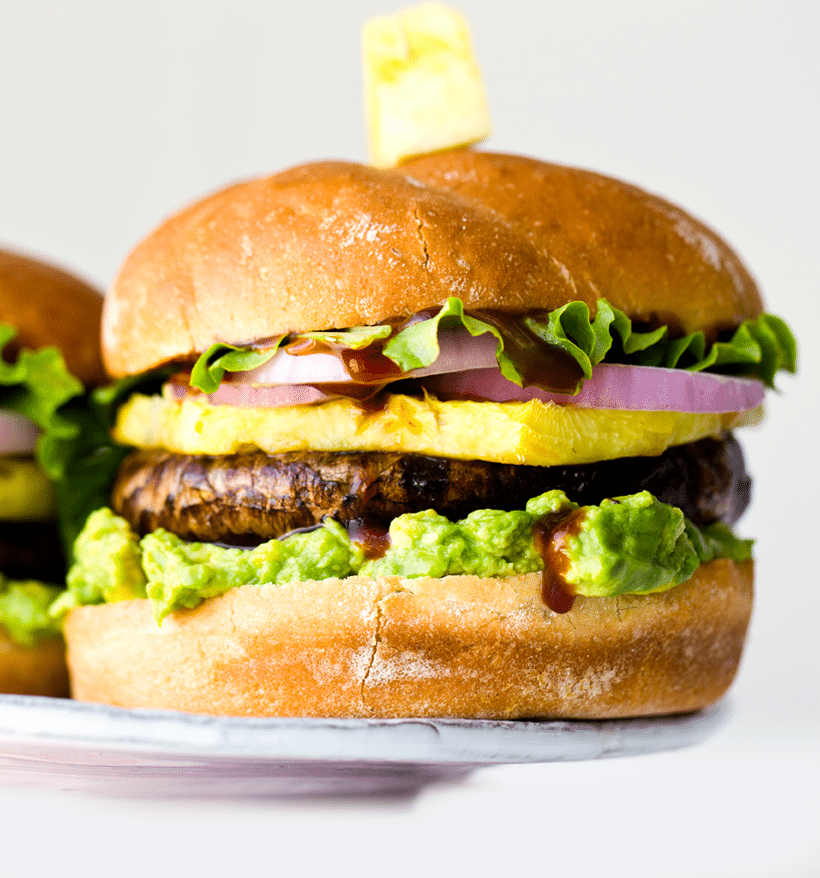5 Tips For Summer Body Strength Training
What’s the secret to a sexy & fit summer body? Strength training.
Begin Training
No time like the present, right? You can see muscle definition as soon as four weeks—meaning now is the optimal time to dive into your new strength-training routine.
Speed Up Your Workouts
If you want to tone up fast (i.e., by pool time), give yourself a 30-second rest maximum between sets. That will keep your heart rate up—and the less room your body has to calm down (safely and without exhausting yourself), the more calories you’ll burn in a shorter amount of time.
Add Weight to Core Exercises
If your goal is to slim your stomach in time for bikini season, add more resistance to your core exercises. Try using a heavy object to test the stability of your abs and put more emphasis on strengthening those muscles. (One option: the Medicine Ball V-Up.) Hello, summer!
Do More Lower-Body Moves
Working your lower half means you’re exercising some of your biggest muscle groups:
your glutes and quads. Spot toning this area can fire up
your metabolism because working these specific muscles
requires more energy than working other regions of your body.
Squats and lunges do the trick.
Work Your Entire Body at Once
Why stop with your belly and rear? Total-body workouts require head-to-toe effort so that you tone every inch— and do it way faster than targeting single muscle groups per workout. Try compound moves such as the Dumbbell Squat to Overhead Press or the Lateral Lunge and Press to target multiple muscles simultaneously.
5 Energizing Alternatives To Coffee
The Dark Side of Coffee
The recommended daily maximum is 3–4 cups which is 400 mg of caffeine, and for the average person, drinking coffee can be healthy in moderation. But drinking more than the daily recommended level of coffee (or any at all, for those sensitive to caffeine) may result in some adverse health effects that are consistent with a caffeine overdose. Those effects can include weight gain, low energy, mineral efficiency & disrupted sleep.
Sound scary? Or does the idea of having to power through your day without caffeine sound even scarier?
Well, fear not! Next are 5 great alternatives to coffee that will help you keep your coffee cravings in check but your energy levels soaring!
5 Healthy Alternatives to Coffee
- Matcha Green Tea Powder
Matcha green tea powder is the whole green tea leaf stone ground into a fine powder. To drink matcha, dissolve the powder into water creating a tea packed with antioxidants, vitamins and minerals.
Matcha is an excellent alternative to coffee. A two-gram serving of matcha (a little more than half a teaspoon) contains enough caffeine to give you an energy boost, but the amount is only 1/5th the caffeine in a standard cup of coffee. Additionally, the caffeine in matcha is delivered slowly to your body over a period of 6–8 hours. As a result, matcha delivers long lasting energy that does not leave you with the “jitters,” energy slumps or sleepless nights.
There are many more incredible matcha health benefits, including its ability to support the immune system, boost weight loss and deliver cancer-fighting antioxidants.
- Water
Did you know that one of the primary signs of dehydration is fatigue? If you feel tired, have a headache or are finding it hard to focus, then you may actually be dehydrated.
The majority of people make the mistake of drinking water only when they feel thirsty. Thirst, however, is one of the last symptoms that appears as a result of dehydration — and usually only after fatigue the fatigue sets in.
To help you drink enough water (the daily recommended amount for adults is about two liters, or half a gallon), keep a bottle with you at all times, and try infusing it with natural flavor from fresh produce, like watermelon, cucumber or ginger.
- Green Smoothie or Green Vegetable Juices
Introducing more greens into your diet can dramatically boost your energy levels because of all the nutrients and antioxidants they contain. And if you’re not a fan of tons of large salads or plates full of broccoli, a green vegetable juice or smoothie is an easy way to boost your vegetable intake.
Just half a cup of spinach in your smoothie is a rich source of iron that can protect against anemia, a condition that is relatively common among women and another cause of fatigue. A daily green juice can also protect your cardiovascular health. One study showed that consuming 300ml of green juice daily for 6 weeks reduced bad LDL cholesterol by 9 percent.
When making your green juice or smoothies, make sure that 95 percent of the blend contains vegetables rather than fruit to keep the total sugar level low. For a bonus energy kick, you can also add in a superfood supplement like spirulina, barley greens or matcha green tea powder.
- Yerba Mate
If you’ve traveled to Brazil or Argentina, you likely know how wild South Americans are about yerba mate. The herbal beverage is made from the leaves of the Yerba mate plant that has been picked and dried in a similar way to tea leaves. The drink is then produced by steeping the leaves in hot water.
The taste of yerba mate is similar to brewed green tea leaves, and it’s also said to deliver a buzz like coffee but with added focus, fewer jitters and less of an impact on sleep. One serving of yerba mate contains around three-fourths the caffeine of a cup of coffee, but it also delivers amino acids and nutrients.
- Protein-based Smoothie
Protein is critical in providing energy to your body, and recently published studies show that protein boosts alertness and concentration by exciting the brain chemical orexin into production mode.
To help supply your body with sustained energy, try adding a protein-based smoothie into your day. Green vegetables for have minimal amounts of protein, but to really boost the protein power, try adding in chia seeds, nut butter, hemp or a high-quality powder supplement like collagen or protein powder made from bone broth.
Healthy Transformations

| Ingredients | |
| • | 2 patties Boca, grilled veggie burgers |
| • | ¼ oz cheese, mozzarella, low-fat |
| • | 1 ½ cups bell pepper |
| • | 1 ¼ cups onions |
| • | ¼ cup mushrooms |
| • | 1 ½ tsp oil, high oleic safflower |
Spices / Flavoring |
|
| • | 1 Tbl teriyaki sauce |
Side Dish |
|
| • | 1 slice bread (rye, pumpernickel, 100 % whole grain, flourless) |
Preparation:
Slice bell peppers and mushrooms into thin slices.
Dice onions.
HEAT oil in nonstick skillet on medium heat. ADD vegetables, cook and stir 3 minutes or until tender.
ADD teriyaki sauce to skillet and stir lightly.
Microwave veggie burgers as directed on package.
Serve burgers on top of veggie mix in skillet and sprinkle with cheese.
Enjoy!
Per serving: 375calories, 32g protein, 11g total fat, 37g carbohydrates.
Source: Healthy Transformations Recipes









